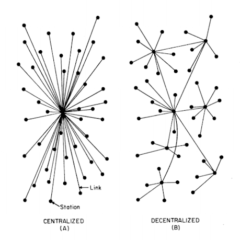Rita Felski, 1991
This article tackles three late nineteenth-century texts in which a protagonist adopts feminine qualities as a means of subversion. A Picture of Dorian Gray and A Rebours by Husymans are well-known as quintessential examples of fin de siecle aestheticism, but although Venus in Furs (Sacher-Masoch) was widely read and discussed in the 1870s after its release, it has been largely forgotten by modern critics. Felski discusses the adoption of aestheticism as a counter to the narrative of masculinity as utilitarian, thrifty, and mechanical; as opposed to femininity which was seen as unduly concentrating on ornamentation and artifice. Felski interestingly points out that the increasing adoption of aesthetic considerations and cognizance of artifice in the late nineteenth century may have been a product of commoditisation and economic development. The protagonist of A Rebours isolates himself as an ahistorical figure, simulating the experience of a ship through the bluster of air or smells. Wilde’s protagonist mirrors the picture of himself in the attic – framed, a perfect unchanging model of eternal youth and beauty. Sacher-Masoch’s protagonist is required to renounce his masculinity in punishments from his feminine master. Husymans’ character des Esseintes idolises a mannish woman, as he admits that he tends towards the femininity of a little girl himself. But what Felski sees in these three is not a celebration of femininity; it is rather, a misogynistic condescension. The male figures do not take on allyship with their femininity. Rather, they extol their own virtues in style and taste by accomplishing a feat which women materially can’t. The layering of the feminine aesthetic atop the masculine is almost a mockery, a parodic assertion of their own power which declares the eminence of their ego and their intellect. Felski thus takes the counterdiscourse of the feminine to be repressive of female somatism rather than celebratory. Its embrace of artifice and the immaterial is a redoubled masculine obsession.
P R E V I E W
